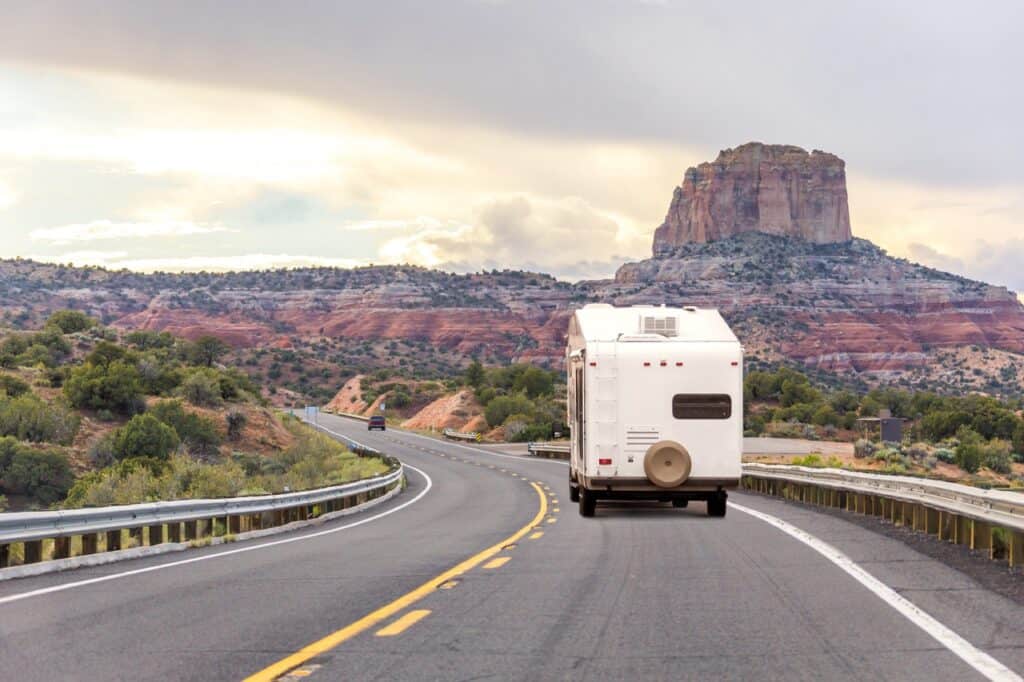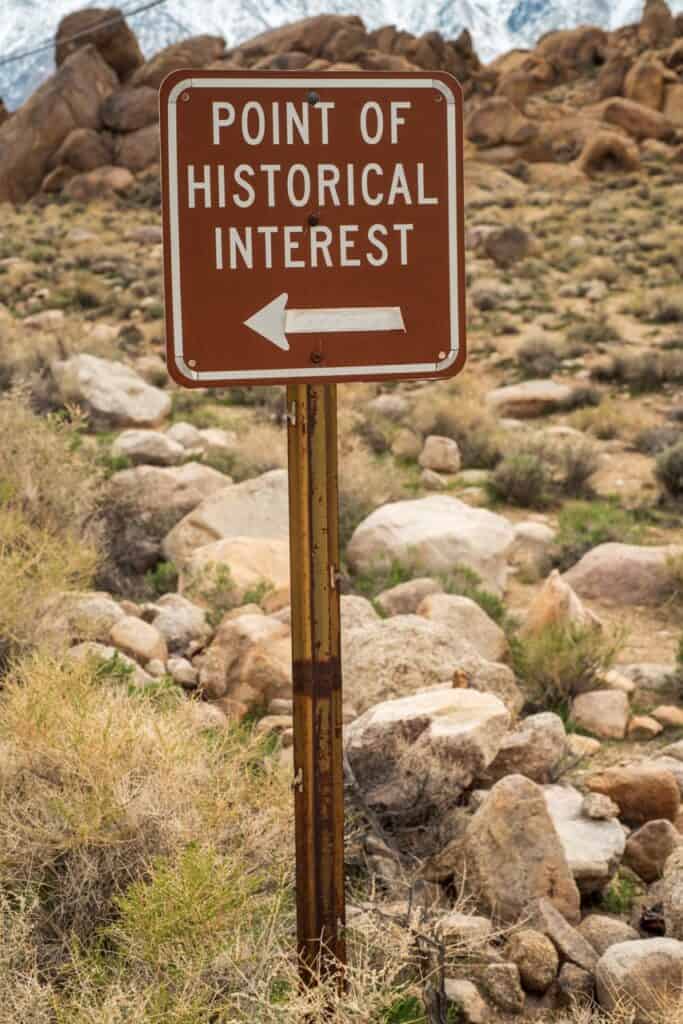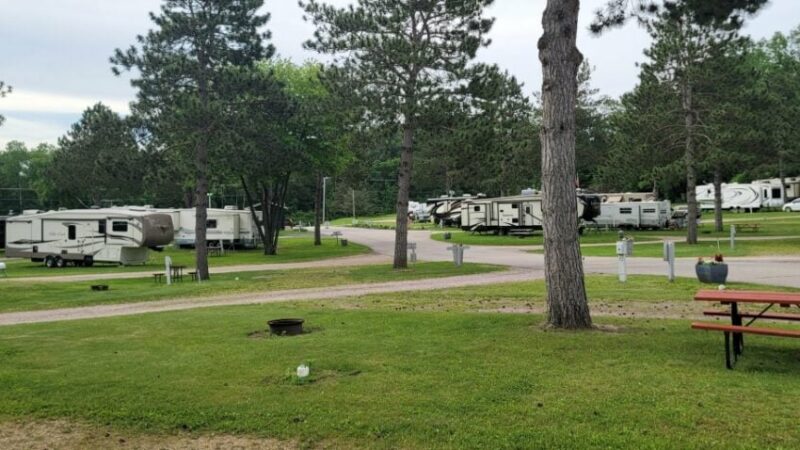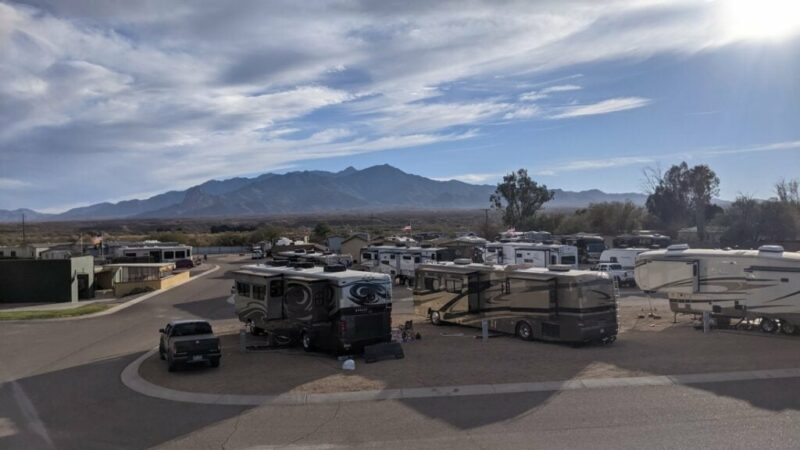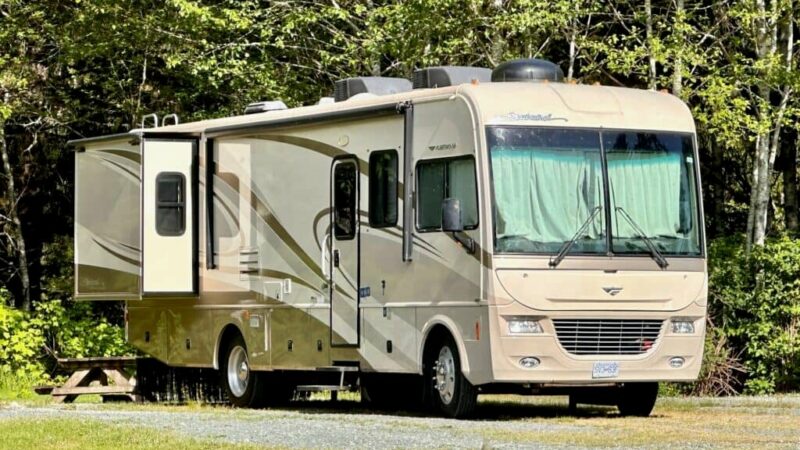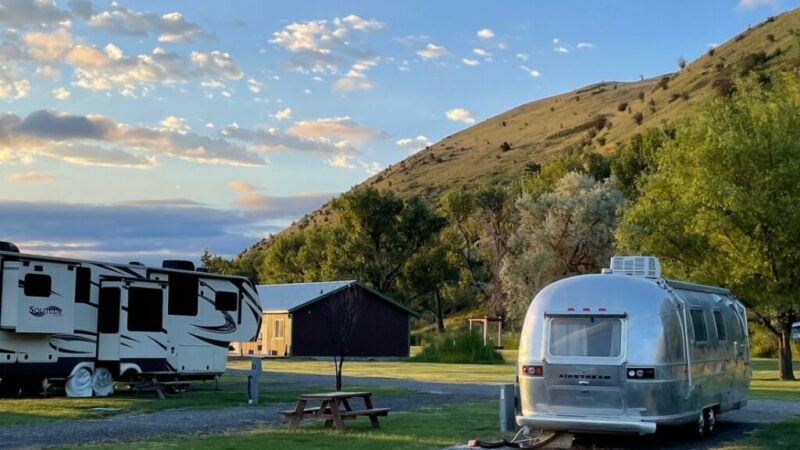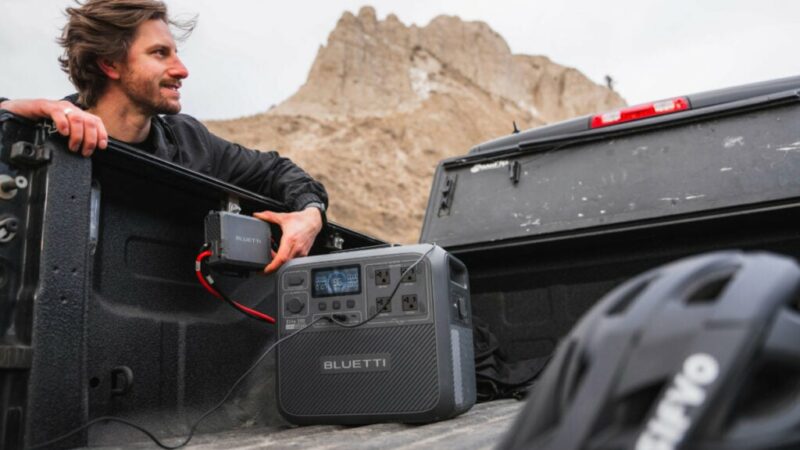Four Top Tips for Planning a Cross-Country RV Trip
As many of us wait for the cold winter weather to subside, our thoughts turn toward the first RV trip of the upcoming spring. To me there is nothing more exciting than planning an RV trip or even the next leg of my trip. But it can be daunting because it takes a little organization. Here are some tips to helping your RV trip plans smoothly come to fruition.
Plan Your Route
Naturally, the first step is to plan your RV trip route. Why is this so important? Because you need to make sure you have enough time allotted to complete your RV trip and you need to know when you will be arriving at specific areas along your route. You also don’t want to find out you are planning to cross bridges or go through low clearance areas where your rig can’t go. That would mean rerouting and taking on new unplanned time into your route. Use software to build your RV trip for you and it will take the headache out of planning. Try planning your RV trip with the RV LIFE Trip Wizard. Start off with the demo first so you can see how it works and then build your complete trip in the wizard.
Here are some things the RV Trip Wizard helps you with that should be a part of any RV trip plans:
- Know the entire length of your route so you can break it up into reasonable day travel. Expect to spend no more than 4–5 hours driving each day. Driving a motorhome or towing a trailer (or toting a truck camper) is more demanding than driving a car.
- Plan for an extra half hour of time for every one and a half hours of drive time. For example, if you plan on driving three hours, expect your total “on-the-road”’” time to be around four hours. This builds in time for food, gas, and restroom breaks. It also allows time for driving slower with your RV than in an automobile.
- Be aware that you will not be able to stop at every gas station or restaurant like you are in a car. You must plan these stops ahead of time now. Especially if you are looking for diesel fuel.
- In the Trip Wizard app, you can enter your RV details to customize height and weight requirements. If you don’t have this app, you need to do tedious research on area road and bridges—especially if you aren’t traveling on an Interstate.
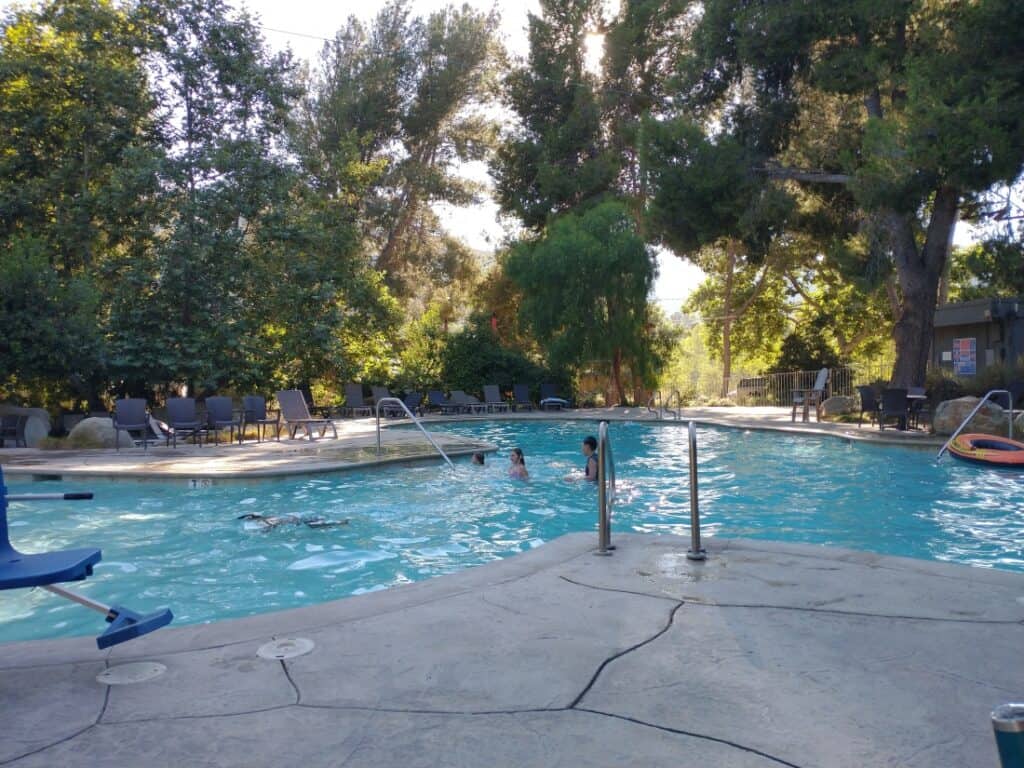
Select Your Stays
Now that you have your entire route laid out, break it up according to the time you want to spend on the road. If you want to only be on the road for about three hours every day, look for a place to stay about every four hours along your route.
What are you looking for? You need to determine how you want to camp and what features you need. Use the features and amenities tab to look for these items so you can add them into your trip:
- Reviews from other RVers, park contact information, hookups, and other park amenities. You can also decide on state parks or boondocking and other campground features.
- Important! When you are in this stage of the planning, allow yourself a few days at least to confirm reservation options. You might be able to get everything done in a day, but it can take several days for some campgrounds to respond to your inquiries.
- Pay attention to park restrictions. Some don’t allow large, motorized toys, or even kids or pets. Or you can’t receive mail. Keep a list of features that are critical for you and make sure the campground can accommodate them.
- Don’t forget to browse by affiliations so you can look for discounts. For more discounts, stay a week or longer if your trip plans allow. Sometimes staying a week is like getting a free day.
Add Points of Interest
Planning an RV Trip is like Maslow’s hierarchy of needs. That is a pyramid that starts with your basic needs at the bottom. For RVing, you need to have your basic bodily needs met first. So, plan your route so you can get food, water, and restrooms. You have planned your safety with where you are going to sleep and stay. Now it’s time to think about how you are going to spend that time with family, friends, or your own personal travel goals. For each place you are going to stay, search around that area and come up with a list of things you would enjoy experiencing. Book events in advance as many areas worth seeing may book up early or only sell tickets on certain days.
It is not unusual for your trip planning to begin at points of interest (POI). Maybe there are places across the country you want to check off your bucket list. If that’s the case, build your route between the POI first. Then go back and break it down into bite-sized pieces to make each day less travel and more experience. Search for your campground stays near your POIs. Decide how long you want to stay based on how long it should take you to see all there is.
Estimate Your Cost
Once you get everything laid out as a trip you want to experience, estimate your cost. This is both an exercise in money as well as in time. Do you need to remove a stop or POI to stay within budget? Or, is there a place you can reroute that may take longer but costs are significantly reduced? Weigh the cost of time and money. But make sure you invest in the trip you are planning. Because memories are very valuable.
The post Four Top Tips for Planning a Cross-Country RV Trip appeared first on RV LIFE.
Source: https://rvlife.com/top-four-tips-for-planning-a-cross-country-rv-trip/
